Put Down the Pruners: A Guide to Not Wrecking Your Spring Blooms
I’ve spent more than twenty years with my hands in the dirt, and if there’s one lesson I’ve learned the hard way, it’s that timing is everything. I’ll never forget a new client calling me in a total panic one May. Her prized forsythia, a plant that was usually a massive beacon of yellow every spring, had only managed to push out a few sad-looking flowers. She was devastated.
In this article
When I got there, I saw the problem instantly: fresh, clean cuts all over the shrub. With the best of intentions, she’d given it a thorough ‘spring cleaning’ in early March. In doing so, she had unknowingly snipped off almost every single flower bud for the entire year. It’s an honest mistake, one that comes from that wonderful urge to get back outside the second the sun feels warm. But it perfectly illustrates the most important rule of pruning: you have to work on the plant’s schedule, not your own.
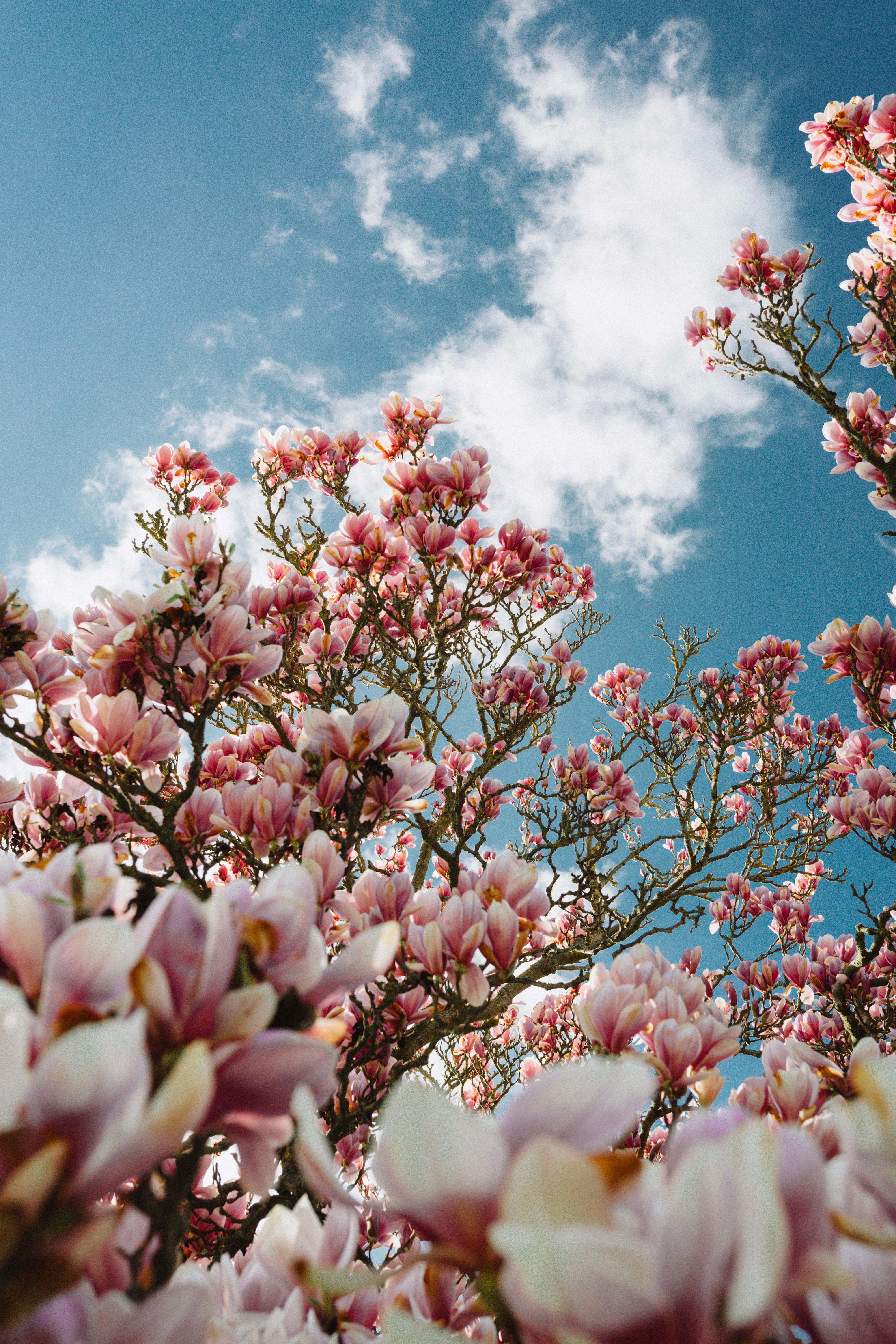
And honestly, figuring out that schedule isn’t rocket science. It all boils down to one simple question: when does this plant make its flower buds? We’ll get into all of that, and most importantly, what to do if you’ve already jumped the gun.
The Big Secret: Old Wood vs. New Wood
Okay, before we even think about touching a plant, we have to talk about the ‘why.’ In the gardening world, we split plants into two big groups: those that bloom on ‘old wood’ and those that bloom on ‘new wood.’ This one concept is the absolute key to unlocking your garden’s potential. It’s the difference between a yard bursting with flowers and one that’s just… well, green.
- Plants that bloom on ‘Old Wood’ are the planners. They form their flower buds on last year’s branches, typically in the late summer or fall. These tiny, sleeping buds hang out all winter, just waiting to pop in the spring. Spring-blooming shrubs like Forsythia, Lilac, and Rhododendrons are the classic examples. If you prune them in early spring, you’re literally cutting off this year’s flowers. The plant will be fine, but you won’t get a show.
- Plants that bloom on ‘New Wood’ are the sprinters. They wake up in spring, grow a bunch of new stems, and then create flowers on that brand-new growth, all in the same season. Think of summer-bloomers like Panicle Hydrangeas and Butterfly Bush. For these guys, an early spring haircut is actually a good thing! It encourages them to grow more new stems, which means… you guessed it, more flowers.
Quick tip: Not sure what you have? Look for clues. If you can see old, brown, papery flower heads still clinging to the branches from last year, it probably blooms on old wood. If the plant looks like a bunch of dead sticks until fresh green shoots pop up from the base, it’s likely a new-wood bloomer.

The “Hands Off!” List for Early Spring
These are the plants that did all their prep work last fall. Our only job is to let them have their moment in the spotlight and then, only then, give them a trim. Cutting them before they bloom is a surefire way to get a season of disappointment.
Forsythia: The Yellow Screamer of Spring
Nothing says winter is over quite like a forsythia hedge exploding in yellow. Because it blooms so early, its buds are all set and ready to go on the bare stems. If you look closely at a branch in late winter, you’ll see those plump little buds clustered along the stems. Those are your flowers, right there for the taking (or leaving!).
When & How to Prune: Wait until the very last yellow petal falls to the ground. After that, a clock starts ticking—you have about a month to six weeks to get it done. This gives the plant all summer to grow the new branches that will carry next year’s blooms.
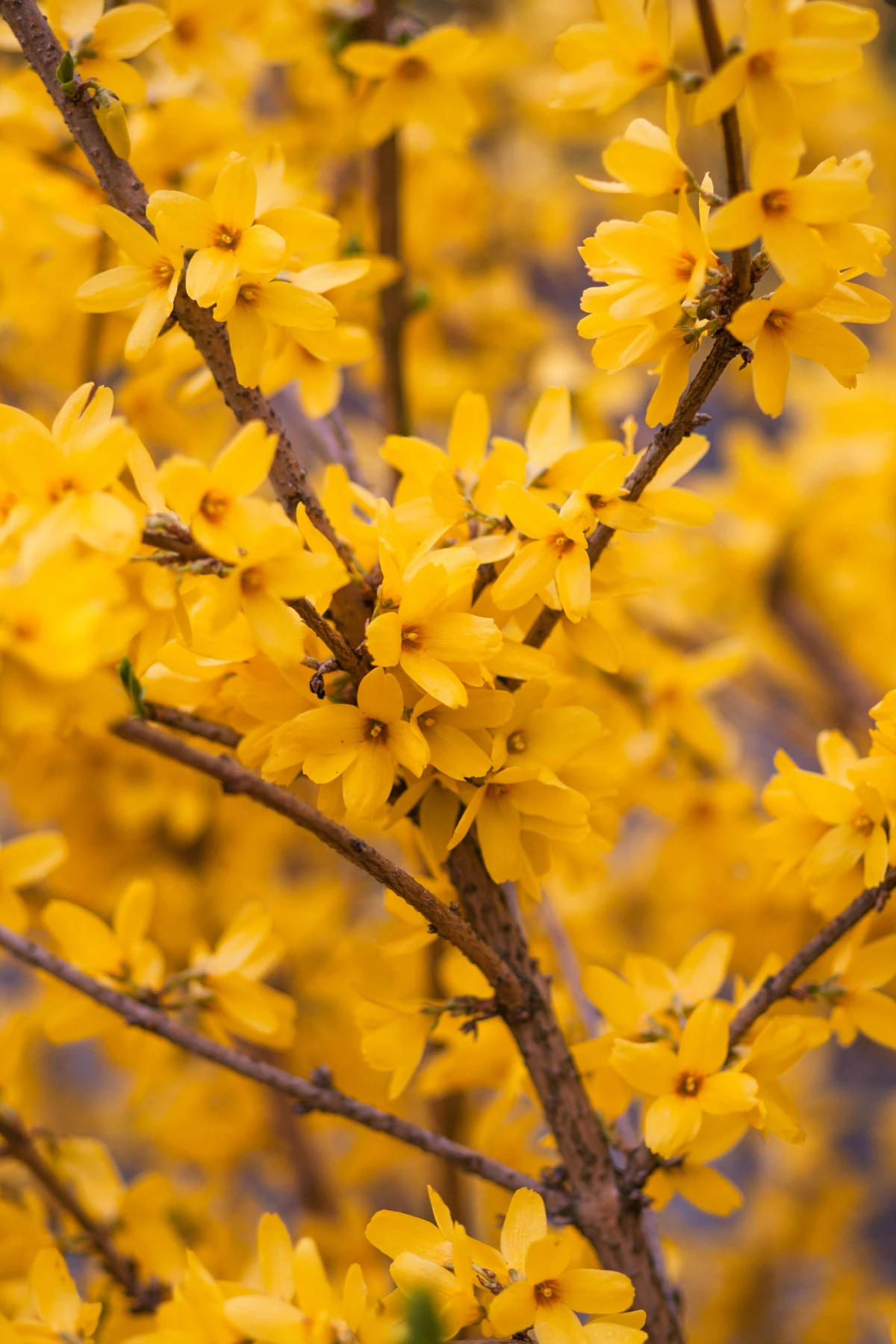
My favorite technique is thinning. Don’t shear it into a meatball! Instead, reach into the shrub and find the three or four oldest, thickest canes—they’re usually grayer and woodier. Follow them all the way down and cut them right at the ground with a good pair of loppers. This opens up the plant, letting in light and air, and encourages fresh, healthy growth from the base. It’s how you get that beautiful, natural fountain shape.
Azaleas & Rhododendrons: Shade Garden Royalty
Whether it’s a small azalea or a giant rhododendron, the rule is the same: they bloom on old wood. Their big, fat flower buds are set at the tips of the branches the previous fall. You can literally see next year’s show if you look closely.
When & How to Prune: The perfect time is right after they finish flowering, which is usually late spring or early summer. If you wait until August, you’re probably too late and will be cutting off the buds they’ve just set. For these, pruning is usually a light affair. The main job is just to snap off the spent flower clusters, a process called deadheading. Be gentle! You don’t want to damage the tiny new leaf buds forming just below the old flower. If you need to shape it, follow a branch back to where it meets a larger one and make a clean cut there. Please, never shear these into a box. It ruins their graceful form.
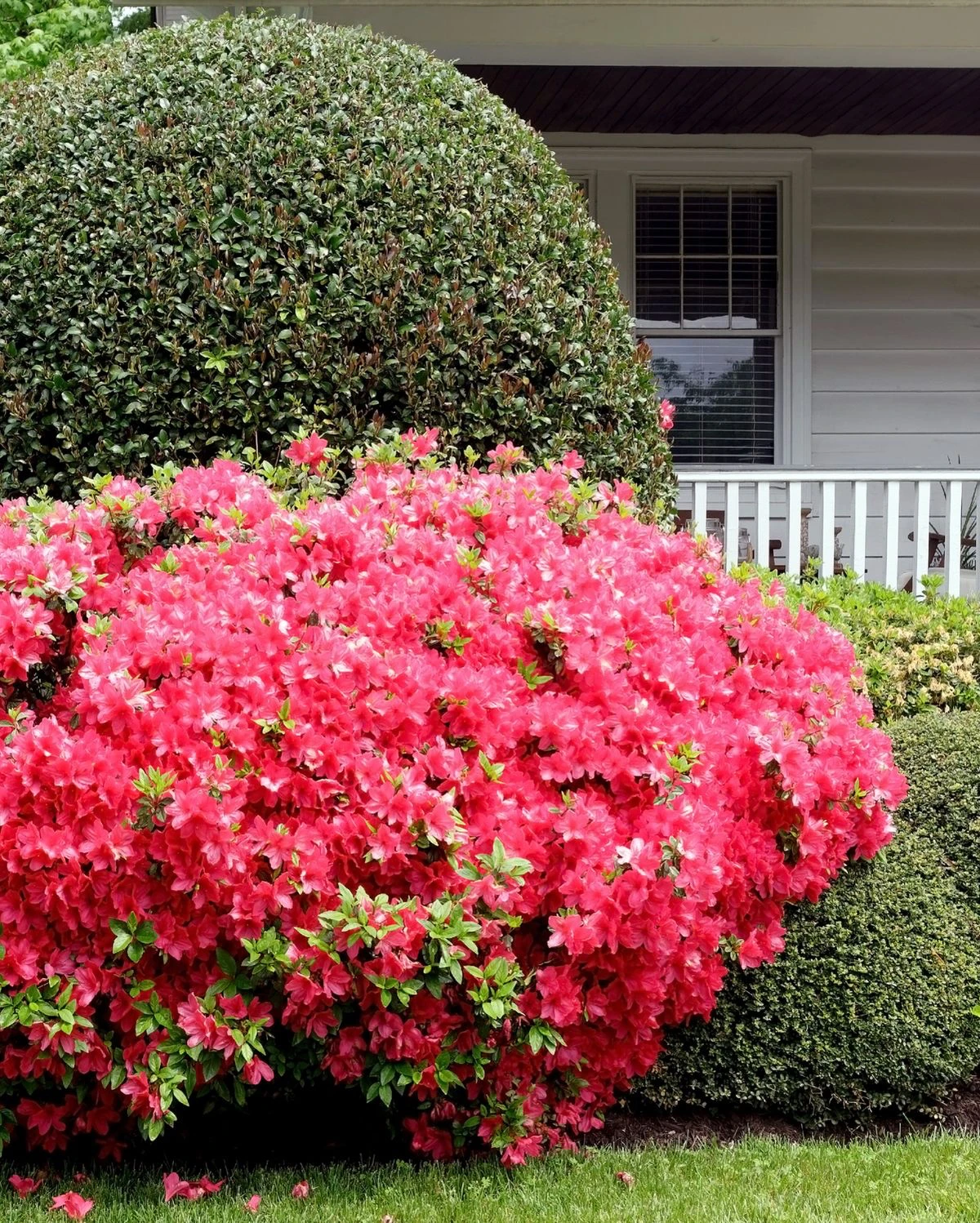
Heads up! I always, always clean my pruners with rubbing alcohol before and after working on these plants. They can be prone to nasty fungal diseases, and dirty tools are the number one way they spread. A quick wipe-down can save your plant.
Lilac: The Smell of Nostalgia
That classic lilac scent is pure magic. These shrubs are tough as nails, but getting them to flower is all about those buds they set last year. Spring pruning is the top reason I hear from people wondering why their lilacs didn’t bloom.
When & How to Prune: Just like the others, prune within a few weeks after the flowers fade. Snipping off the brown, spent flower heads is a great first step. It stops the plant from wasting energy making seeds and tells it to focus on new growth and next year’s flowers instead. Then, I take out one or two of the oldest, thickest stems at the base to keep the whole plant vigorous and open.
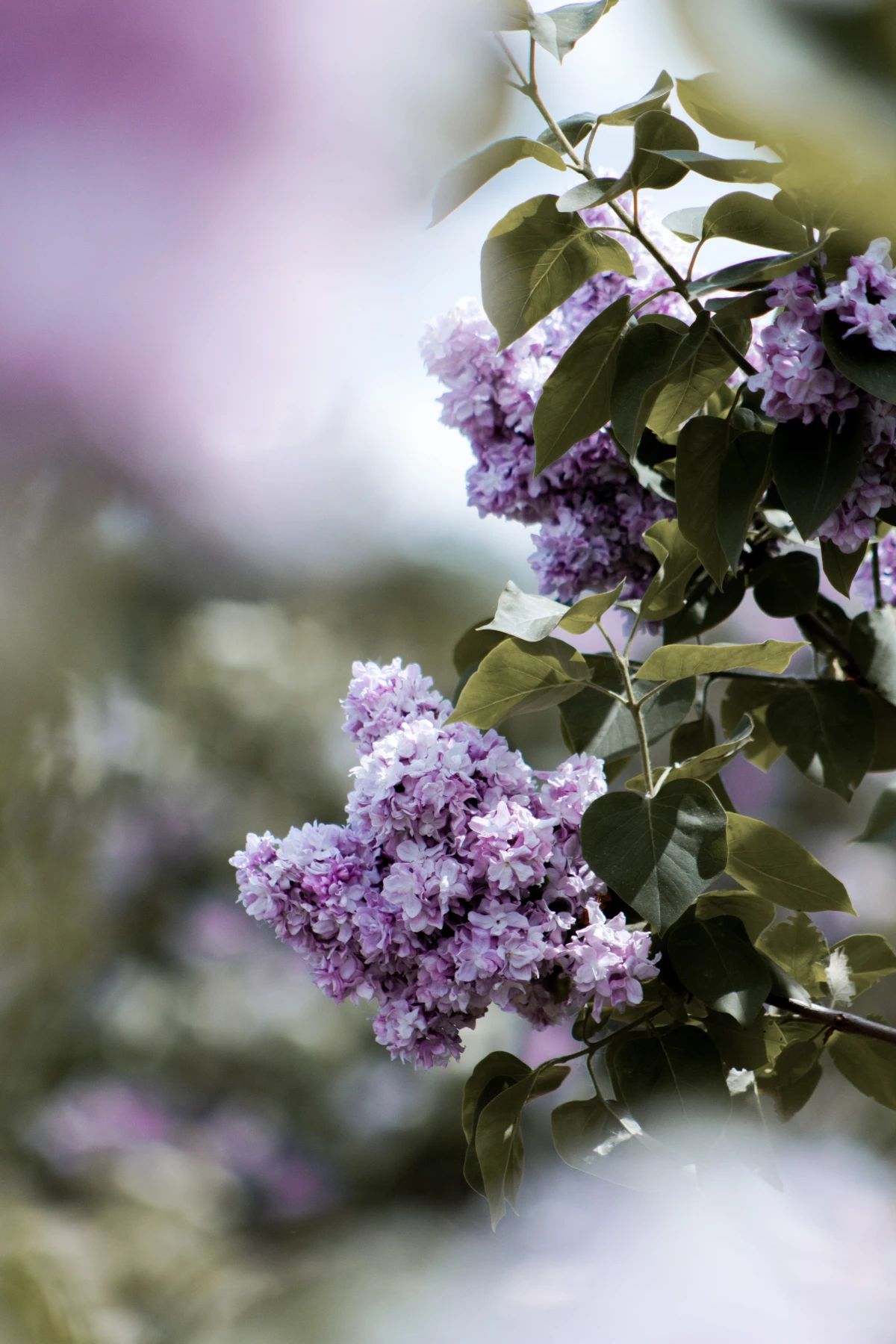
Magnolia: Ancient and A Bit Fussy
Magnolias are just majestic, aren’t they? But they really, really don’t like being pruned much. For the types that drop their leaves and bloom in spring, any necessary cuts should be made in mid-summer, after the leaves are fully out. Pruning them in winter or spring can cause the cuts to “bleed” sap and heal very slowly.
With magnolias, less is always more. I only ever prune to remove dead, damaged, or branches that are rubbing against each other. If you have to remove a large branch, you need to know how to make a proper three-point cut to avoid tearing the bark. (Quick rundown: First, make an undercut about a foot from the trunk. Second, make your main cut from the top, just outside that first cut. Finally, remove the remaining stub close to the branch collar.) Honestly, if your magnolia needs more than a little tidying up, it’s time to call in a pro.
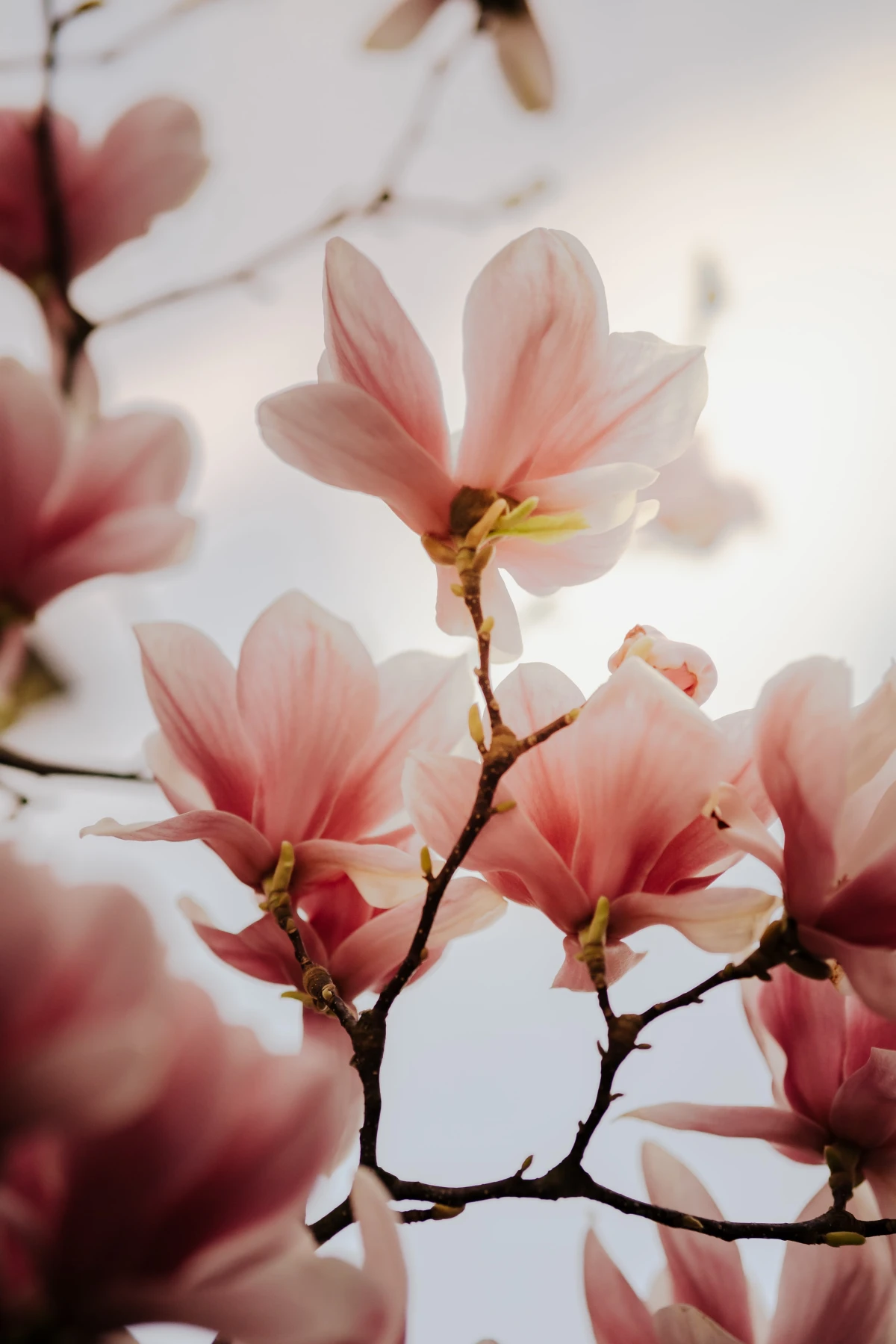
A Special Warning: The “Bleeders”
There’s another group of trees you shouldn’t touch in late winter or early spring, and this time it’s not about flowers—it’s about sap. As trees like Maples, Birches, and Walnuts wake up, their internal plumbing goes into overdrive, pumping gallons of watery sap from the roots to the branches. Cutting them during this time is like poking a hole in a pressurized pipe.
While it’s not usually fatal for a healthy tree, it’s incredibly stressful and wastes energy. Plus, the sticky sap makes a huge mess and can attract insects and diseases to the open wound. The best time to prune these trees is in mid-summer after their leaves are fully developed, or in the dead of winter when they are completely dormant.
When to Call in the Big Guns: Pruning shrubs is one thing; pruning large trees is another. Any job that requires a ladder or removing branches bigger than your wrist should be left to a certified arborist. Seriously. You can find a local, insured professional on the International Society of Arboriculture (ISA) website using their ‘Find an Arborist’ tool. Don’t just hire the guy with a chainsaw who knocks on your door. A consultation might cost you $100-$250, but it can save your tree—and prevent a trip to the emergency room.
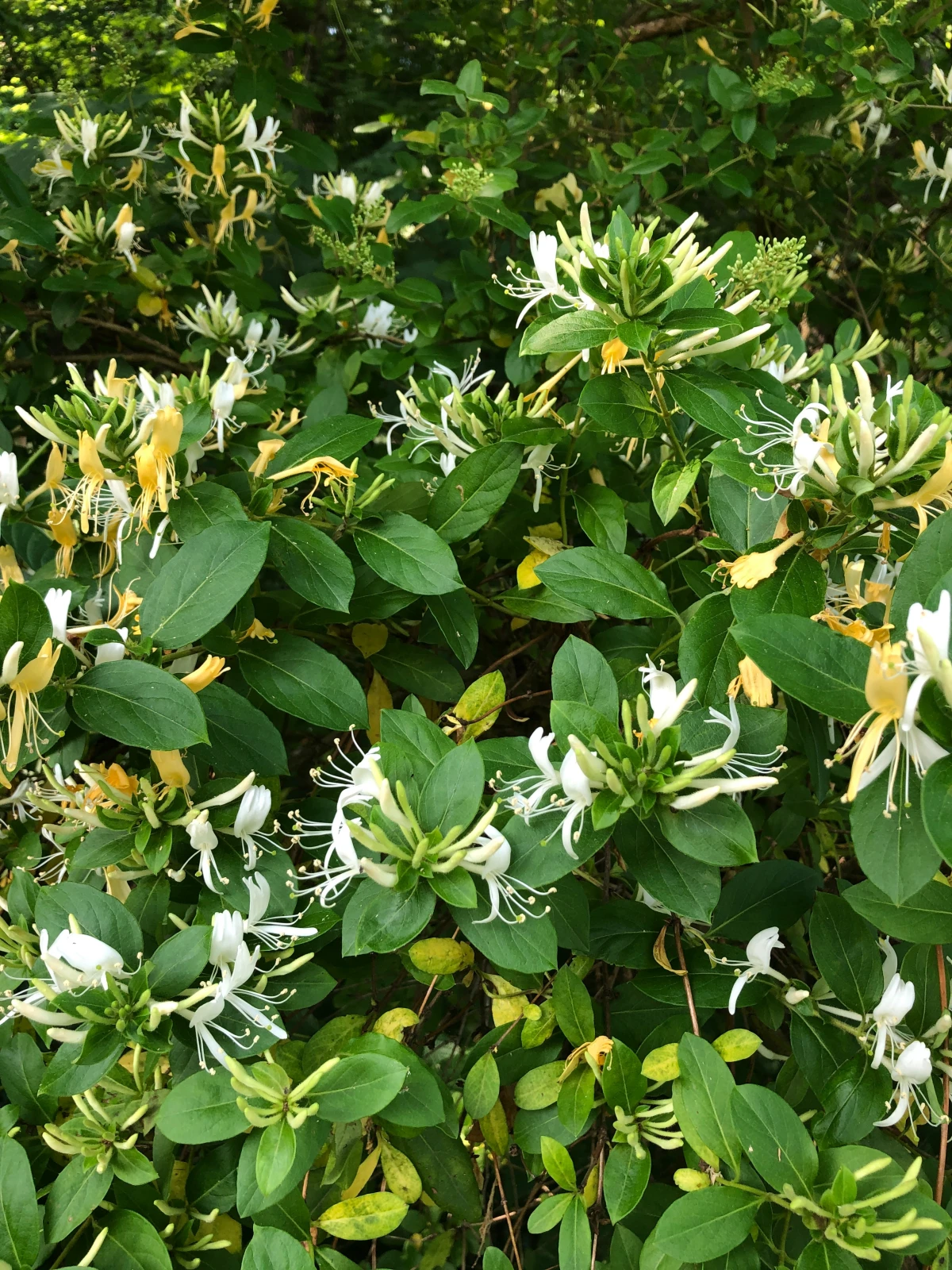
Oops… I Already Pruned. Now What?
Okay, take a breath. If you’re reading this after you’ve already given your forsythia a spring haircut, don’t panic. You haven’t killed your plant! The worst-case scenario is that you’ll have very few or no flowers this year. The plant itself will be perfectly fine and will likely respond by putting out a ton of healthy green leaves. Your job now is simple: do nothing. Just let it be, enjoy the green foliage, and mark your calendar to prune it at the right time next year—right after it (hopefully) flowers.
My Go-To Tools (and a Note on Price)
Using the right tool makes the job easier, cleaner, and better for the plant. You don’t need a whole shed full of gear, just a few quality pieces.
- Bypass Pruners: These are your workhorse. They act like scissors and make clean cuts on stems up to about 3/4-inch thick. For a solid beginner pair, you can’t go wrong with brands like Fiskars, which run about $20-$30 at any home improvement store. If you get really into gardening, you might eventually upgrade to a professional pair like Felco F-2s, which are closer to $60-$70 but will last a lifetime.
- Loppers: These are just long-handled pruners for cutting through thicker branches (up to 1.5-2 inches). The long handles give you the leverage you need. A decent pair will cost you between $30 and $50.
- A Pruning Saw: For anything bigger, you need a saw. I prefer a folding saw with a curved blade. They cut on the pull stroke, which is more efficient and less tiring. Expect to pay $25-$40 for a good one.
My Most Important Tip: Clean your tools! I can’t stress this enough. I carry a little spray bottle of rubbing alcohol and a rag. I wipe my blades before I start and between each plant. It takes ten seconds and is the single best way to stop the spread of disease in your garden. It’s the habit that separates the pros from the amateurs.
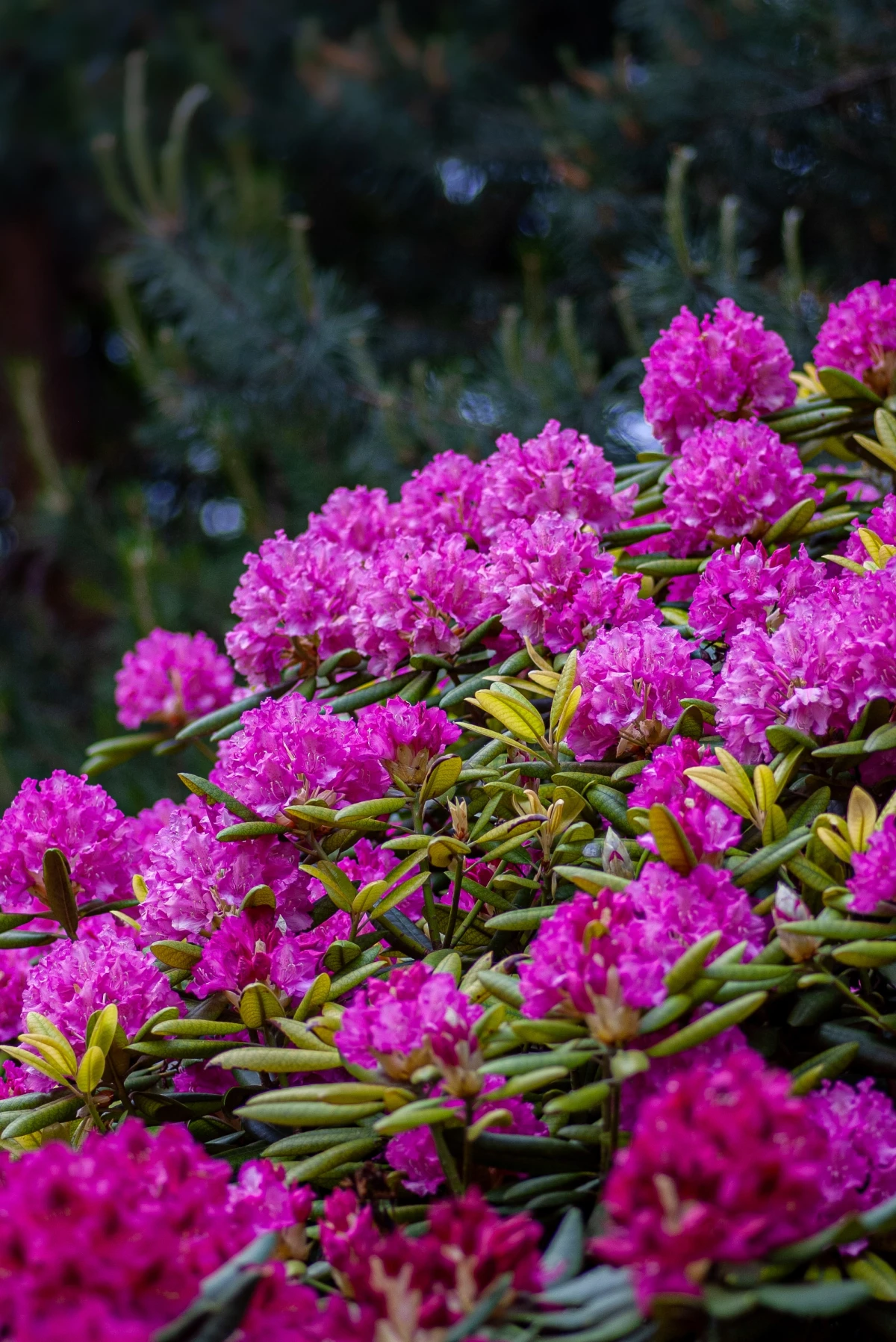
Patience Is a Gardener’s Best Tool
That urge to get out there and “fix” everything after a long winter is so strong. But great gardening is a conversation with nature, not a command. By learning to watch your plants and understand their simple schedules, you can work with them to create a garden that’s healthier and more beautiful. So this spring, take a moment to just observe. The pruners can wait. The flowers can’t.
Inspiration:
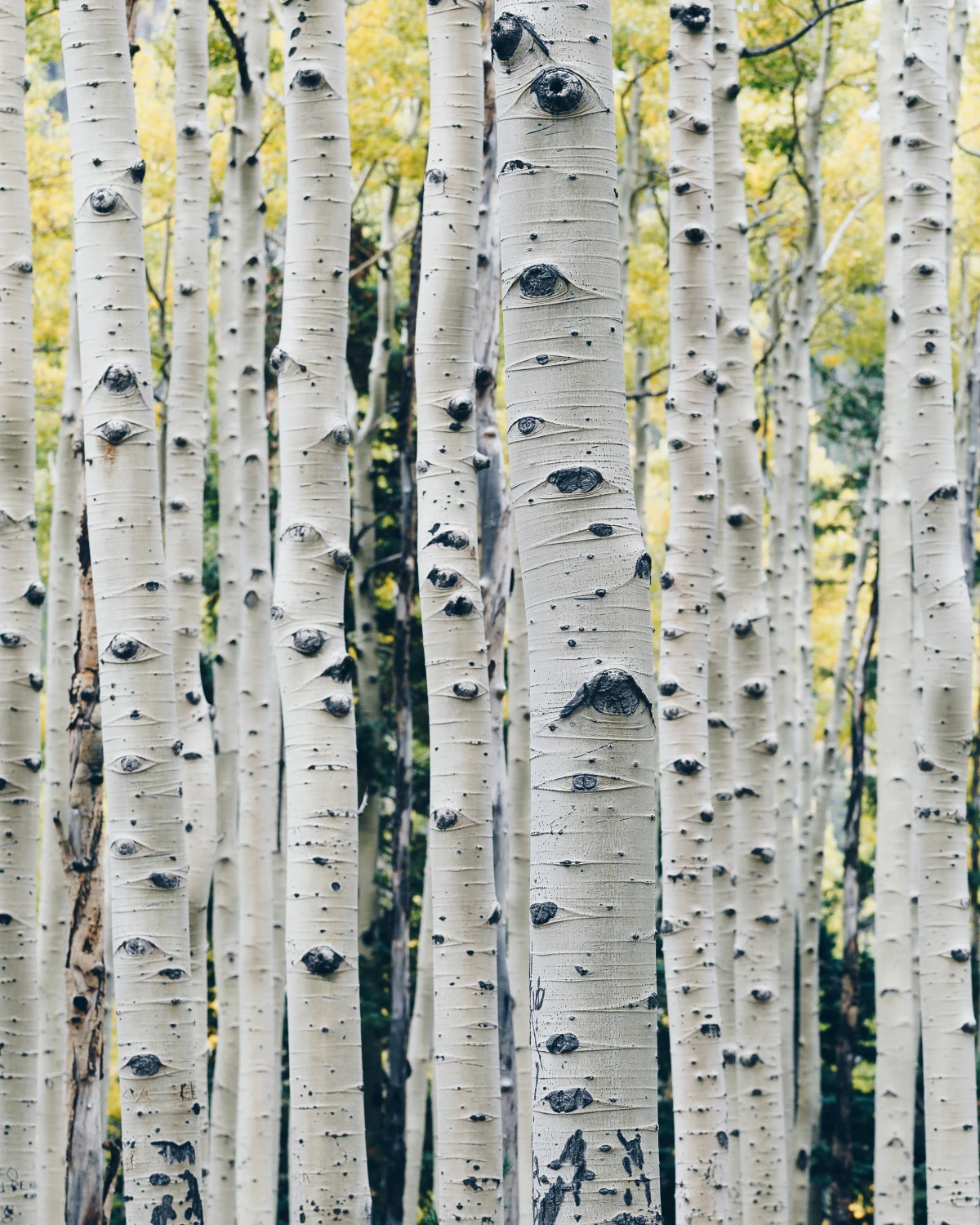
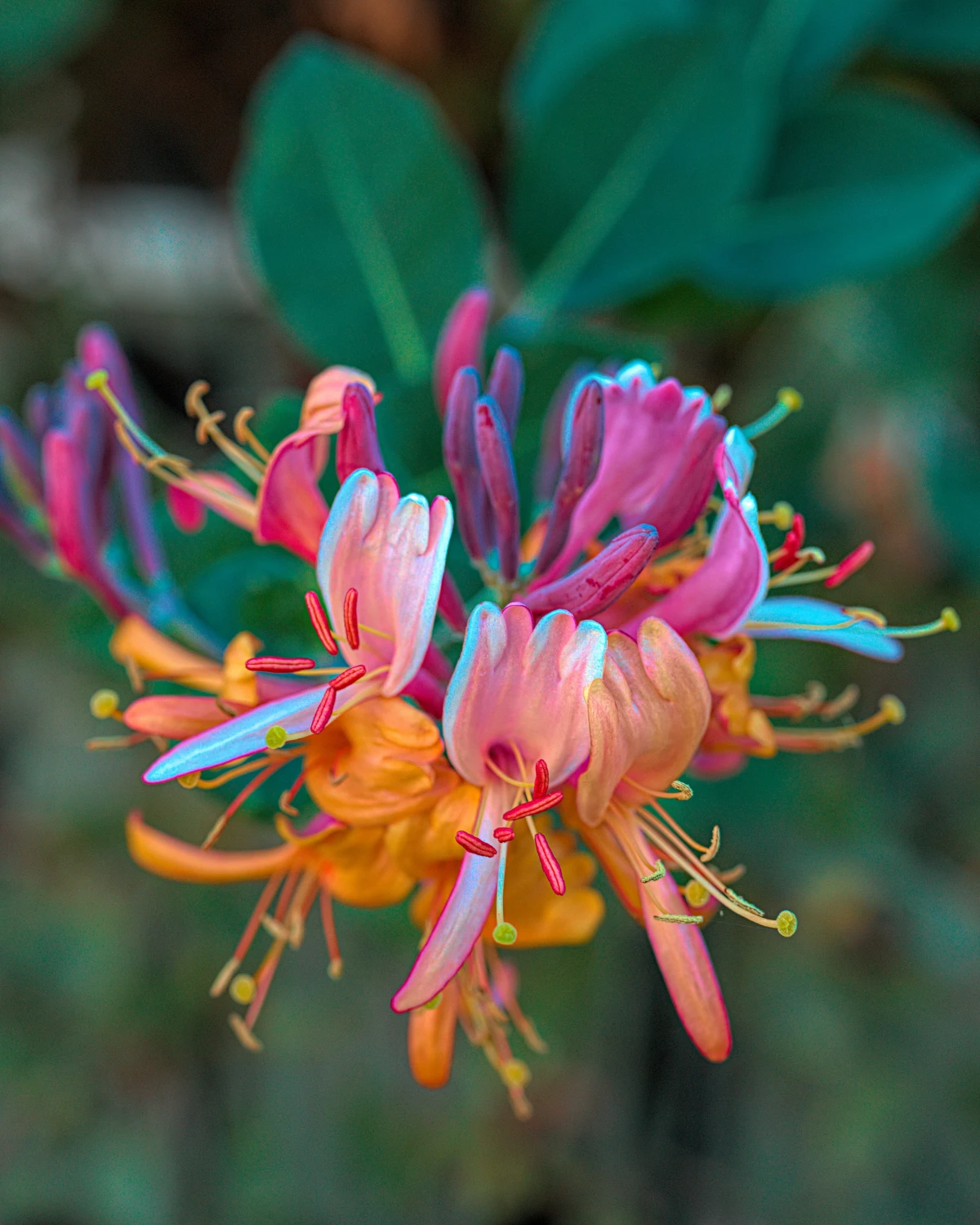
Bypass Pruners: Imagine a pair of scissors. Two curved blades glide past each other to make a clean, precise cut. This is your go-to tool for live branches, like those on your forsythia or lilac, as it minimizes damage to the plant tissue. Investing in a quality pair from brands like Felco or ARS will make the job easier and healthier for your shrubs.
Anvil Pruners: Here, a single straight blade closes onto a flat edge (the anvil), much like a knife on a cutting board. This action tends to crush stems, making it ideal for deadwood but potentially harmful to living, green branches. Keep these for cleanup, not for shaping your prize blooms.
Did you know? A single ragged pruning cut can create an entry point for dozens of common fungal and bacterial diseases that can weaken or even kill a shrub over time.
It’s tempting to want to “bandage” a fresh cut on a beloved plant, and for years, applying pruning sealants or paint was common advice. However, horticultural research now shows this can do more harm than good. These sealants can trap moisture against the wood, creating an ideal environment for decay and disease to fester. A clean, sharp cut on a healthy plant allows it to use its own natural defenses to compartmentalize and heal the wound far more effectively. The best aftercare is simply a good tool and the right timing.










